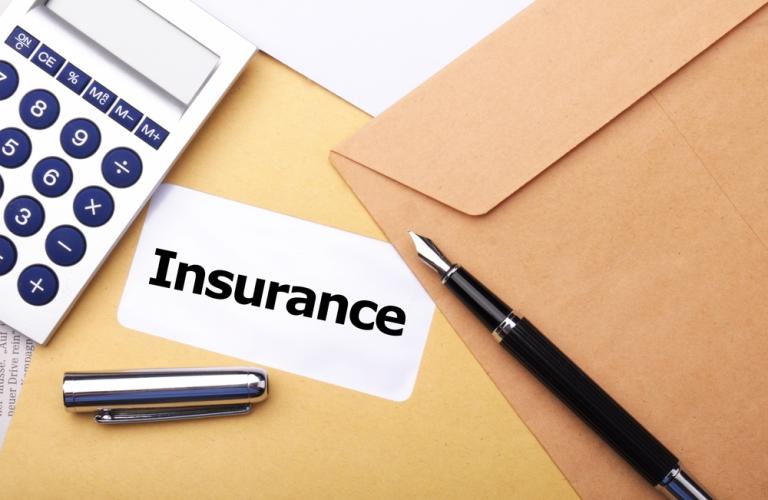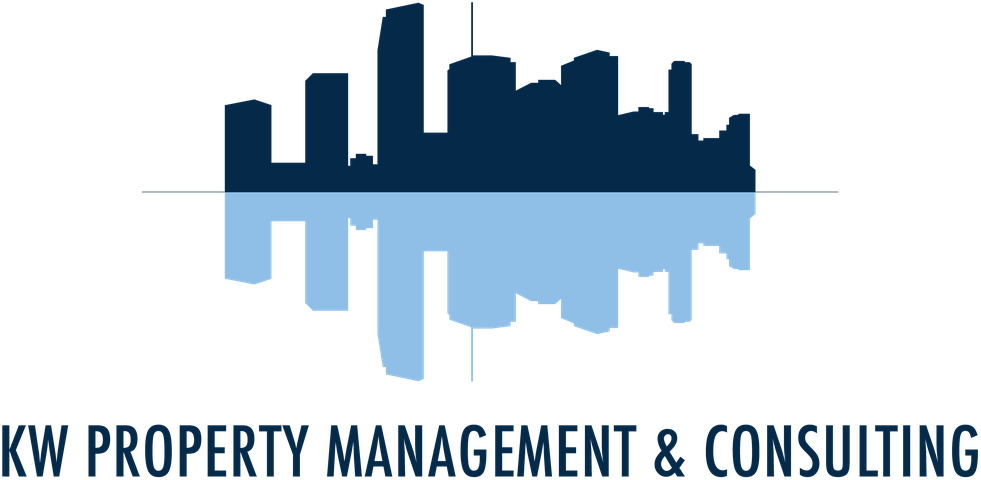
All board members know that associations need to have insurance.
In the case of condominium buildings, where your insurance covers the exterior structure and part of the interior, whilst the owners’ insurance covers the interior of their unit.
However, a lot of condo boards do not know that they need to have insurance for replacement cost, not what the building might have been worth a few years ago. Although some states do allow associations to insure for actual cash value, others do not.
Actual Cash Value versus Replacement Cost
The key difference between actual cash value and replacement cost is fairly simple: Actual cash value takes into account depreciation. That is, the building is insured for what it would cost to rebuild it minus depreciation. Replacement cost means that the building is insured for the entire cost to replace the building using like materials.
A few states require an even stricter value, what’s called the Law and Ordinance value. This is what it would cost to replace the building and bring it up to code. Often, older buildings are grandfathered, but major structural damage can cause the grandfathered status to be lost and require that the association bring the building up to date.
This means that you need to know what the replacement cost of your building is in order to know how much insurance you need.
What are the Consequences of Under-Insurance?
There are potential consequences to under-insuring your property:
- You may fall afoul of state statutes.
- Your insurance carrier may impose a penalty, called a co-insurance penalty, if your insured value is less than a specified percent of the actual value. This is something to check with your carrier.
What are Replacement Cost Valuations?
A replacement cost valuation is an inspection of the property to determine how much it would cost to replace it with similar materials at current price. The report should cover all structures that are the responsibility of the association. For condos this includes the building itself, but HOAs may also have buildings they need to insure, such as clubhouses or fitness centers. The valuation also needs to include any site additions, such as swimming pools or fencing. These valuations can be used both to set how much insurance you need and to determine your association’s budgets and replacement reserves so you can avoid special assessments in the future. Special assessments are never popular. Make sure that the valuation is done by somebody experienced in condo valuations, who can determine the value of the building as opposed to individual units. Bear in mind that for flood insurance, the association may be responsible for unit interiors as well, so the valuation needs to be higher accordingly.
How Often Should You Get a Replacement Cost Valuation done?
The answer depends on two factors:
- State requirements. For example, in Florida, condo associations are required to get a replacement cost valuation done every 36 months. (Homeowners associations are not, but it is still desirable to get valuations done).
- The local economy, especially with regard to construction costs. If construction costs are trending strongly upwards, then you may want to get a valuation done as often as annually. If they are flat or declining, it becomes less important.
Your insurer may also have an opinion on how often you should do the valuation.
Even if your state only requires actual cost value, your insurer may require replacement cost, and in the event of a disaster, you definitely do not want to be underinsured. Therefore, all condo associations should get regular replacement cost valuations done and insure the property accordingly, so as to avoid issues with underinsurance and potentially leaving residents out in the cold.

